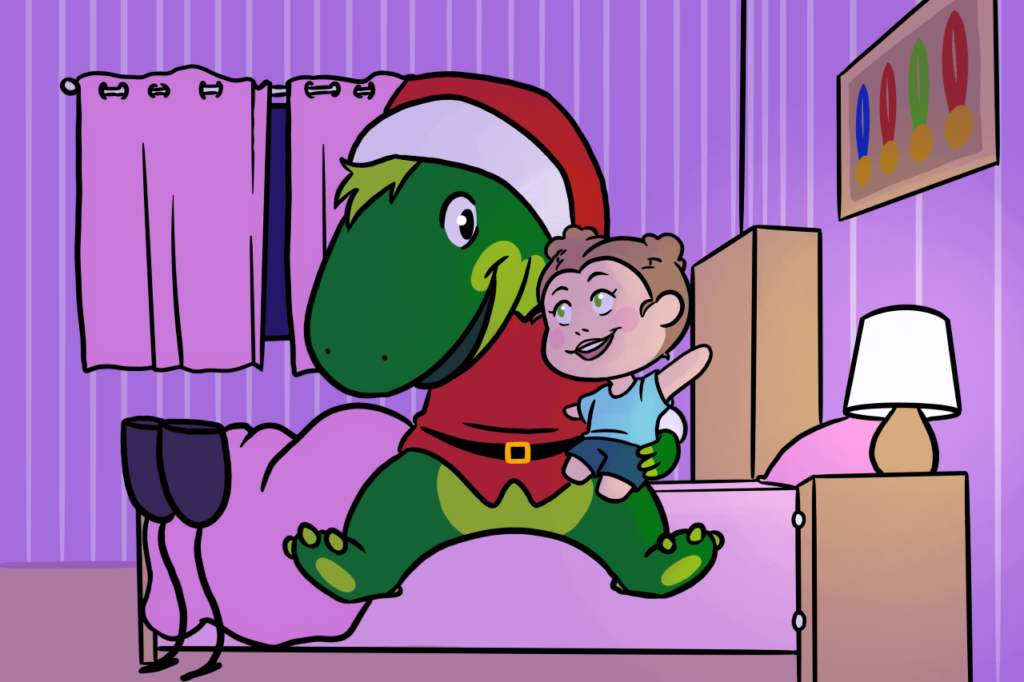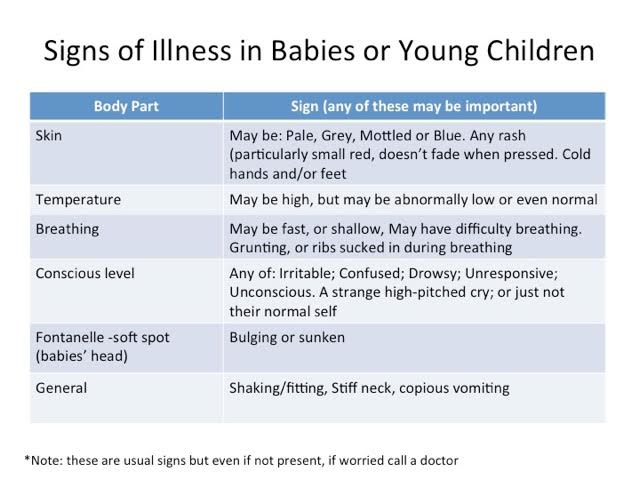 A courageous little girl who fought back after losing all her limbs to meningitis is to feature in a children’s storybook designed to provide comfort this Christmas.
A courageous little girl who fought back after losing all her limbs to meningitis is to feature in a children’s storybook designed to provide comfort this Christmas.
Seven-year-old Harmonie-Rose Allen, of Bath, contracted meningococcal septicaemia as a baby and was given only a 10% chance of survival.
Her arms and legs were amputated, but she survived and now, thanks to prosthetic legs, she loves jumping and skipping and even completed a half-marathon in her home city when she was just five.
An ambassador for the charity Meningitis Now, Harmonie-Rose will feature in the children’s illustrated storybook ‘Covi, the little Christmas dinosaur!’ written by author Susie Cullen and illustrated by Chay Winter.
Harmonie-Rose meets Covi, who is a little green dinosaur sent by Santa to save Christmas. The book is the third tale in the series ‘The adventures of Covi, the little green dinosaur’.
‘Covi, the little Christmas dinosaur’ launched for pre-sales on November 24th.
Susie’s first two books – ‘Covi, the little green dinosaur’ and ‘Covi, the little seaside dinosaur!’ – proved hugely successful.
In the new book, Covi becomes a hero when he stands in for Santa to deliver presents to children during a Christmas lockdown.
When Covi visits Harmonie-Rose, the little girl is wide awake. He pops her on his knee to tell her a magical story of kindness and hope for the world.
Susie said: “Covi is a helpful little dinosaur who came to help the children when the world was stuck by Covid-19.
“As a T-Rex, Covi, like Harmonie-Rose, has limb differences that do not stop him doing anything he wants! As a strong supporter of inclusivity for all, I am thrilled that Harmonie-Rose’s parents agreed I could feature her in the Christmas tale.
“Her own story is such an inspiration, and I hope that other children (and adults) with limb differences will be as pleased as I am to see that dinosaurs and Santa do not discriminate!”
The latest book was commissioned by Singapore-based publisher British Theatre Playhouse in association with Worldwide Entertainment.
Cecilia Leong-Faulkner, chief executive of British Theatre Playhouse, said: “Covi the little green dinosaur is a fantastic character and it’s amazing that we can feature Harmonie-Rose in the story too.
“This year has been very difficult for children with the Covid-19 pandemic, schools being closed and families in lockdown but this story is uplifting and inspirational and can really show children that we can come through this if we are all brave and determined.
“We hope parents, teachers, and, of course, little readers will love Covi’s Christmas adventure as much as we’ve enjoyed producing it with Susie.”
For every book sold, 50 pence will be donated to Harmonie-Rose’s charity of choice.
The paperback is available on Amazon.



